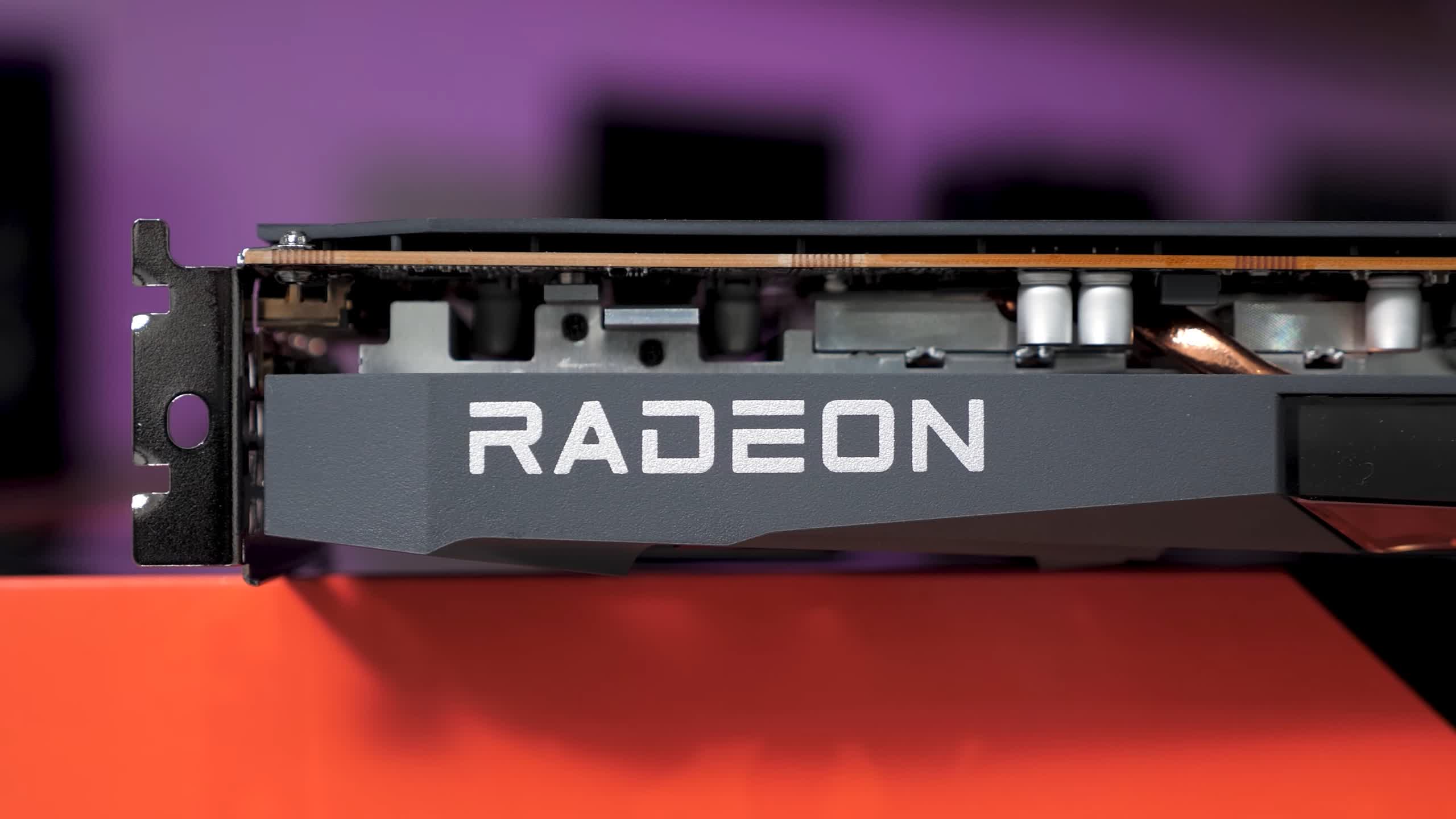Why it matters: The calendar on AMD’s page for the 2022 Game Developers Conference (GDC) includes a presentation on image upscaling. Details are scant, but there are multiple interesting topics it could cover given the difference between AMD’s current upscaling technology and that of its competitors.

There will be a presentation called “Next-Generation Image Upscaling for Games” from AMD on March 23 as part of GDC 2022. The description of the hour-long talk only says AMD will present some results from its research in image upscaling, without mentioning any specific technologies.
The company’s current image upscaling method – FidelityFX Super Resolution (FSR) – is already widely used in PC games. Though AMD’s calendar doesn’t mention it by name, it’s safe to expect the presentation to cover it.

The talk could simply be about FSR's performance in recent games like God of War, Resident Evil Village, or Quake II RTX. However, the use of the term “next-generation” suggests AMD could also look to the future.
Another term that isn’t in the description for the presentation is machine learning, which AMD competitors Nvidia and Intel are employing in their image upscaling methods. Intel’s XeSS is yet to arrive, but comparisons between FSR and Nvidia’s DLSS generally show DLSS has the edge in terms of image quality (though FSR is gaining wider adoption than DLSS due to being open-source). The new generation of AMD graphics cards set to launch later this year could introduce the next step in FSR’s evolution.
AMD’s other planned presentations at GDC include talks on ray tracing as well as games like Deathloop and Far Cry 6.
https://www.techspot.com/news/93733-amd-discuss-next-generation-image-upscaling-gdc-2022.html